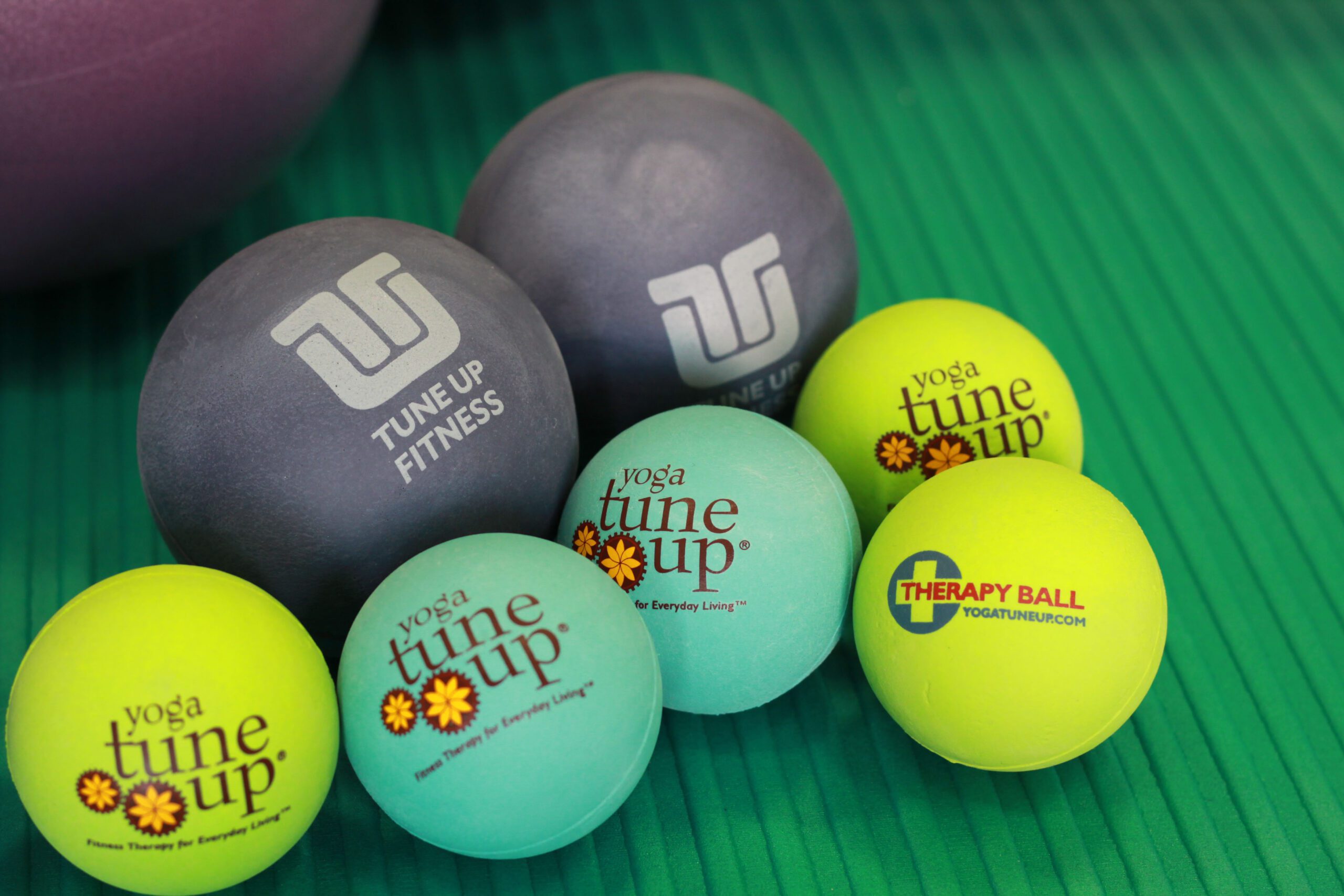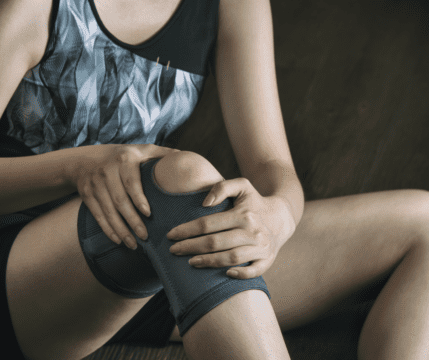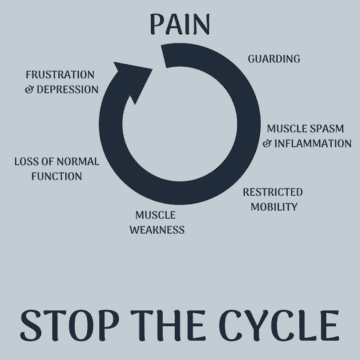Blog Post Category: Mobility
-

Stretch Yourself (or let us do it)
Two decades in massage therapy reveal an undeniable truth: people avoid stretching. Even therapists struggle with self-care. Clients often skip prescribed stretches, stalling their own progress. Let’s admit, stretching can be a literal pain, but it’s a vital path to pain relief.
-

Therapy Balls….sorcery or magical cure?
Yoga Tune Up® therapy balls are a game-changer. They reduce pain, improve posture, and enhance performance affordably. Portable and pliable, they relieve stress and grip your skin better than tennis balls and provide lasting relief in between your massage and bodywork sessions.
-

RICE vs MEAT
The debate between RICE and MEAT for injury recovery isn’t about diet but methods. RICE (Rest, Ice, Compression, Elevation) was traditional, but MEAT (Movement, Exercise, Analgesia, Treatment) offers a science-based, long-term approach. Each has its place depending on the injury’s nature and stage. Combining elements of both methods may be the best approach.
-

Deep Tissue Massage Doesn’t Have To Hurt
Deep tissue massage need not be painful to work effectively. The misconception of “no pain, no gain” doesn’t apply here. Deep tissue techniques can vary in pressure, with lighter methods like myofascial release often yielding significant results without discomfort. Effective massage is about communication and should never cause more than a “good hurt.” If it…
-

All about IASTM
IASTM, or Instrument Assisted Soft Tissue Mobilization, is a valuable pain relief method. Unlike traditional Gua Sha, IASTM focuses on precise use of ergonomic tools to break down scar tissue and adhesions, improving various conditions such as neck pain, plantar fasciitis, and more. Effective bodywork doesn’t need to cause pain.






